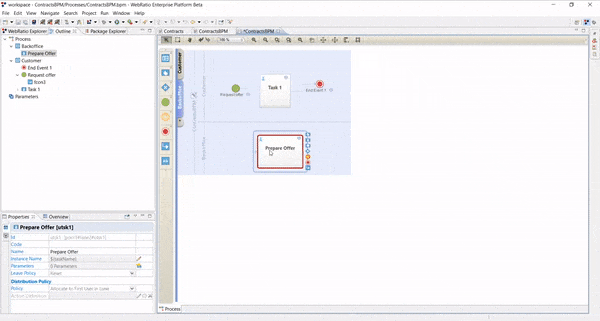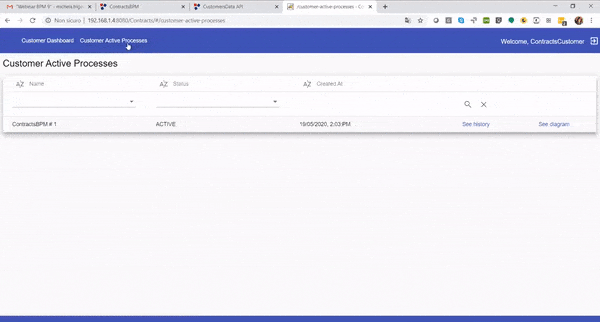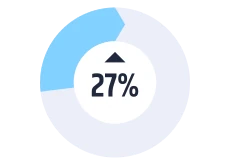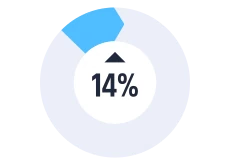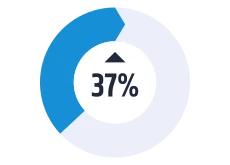What is Business Process Management
Business Process Management (BPM) is a structured approach aimed at optimizing the processes organizations use to carry out operational activities, serve customers, and generate value. A business process is a set of activities designed to achieve specific organizational goals, such as increasing profits or promoting workforce diversity. BPM applies various methods to improve business processes through analysis, modeling in different scenarios, implementing changes, monitoring, and continuous improvement to achieve the desired results.
The Lifecycle, the Importance of Governance, and BPM Software
A BPM project is structured in a lifecycle composed of five phases:
- Design (analysis of current processes and design of processes to be improved),
- Modeling (process drawing),
- Execution,
- Monitoring,
- Optimization (analysis of possible improvements).
It is a continuous activity of process improvement, where the outcome of the last phase becomes the starting point of the first phase of the next cycle. The goal is to constantly align processes with objectives, despite internal and external dynamics and changes.
Business Process Management activities help maintain simple and clear Governance, especially as the complexity and scale of business processes increase, where it is essential to maintain control, ensuring both efficiency and performance effectiveness.
To simplify the management and execution of complex processes, BPM software has been developed to enable their management and automation (Business Process Automation - BPA).





















